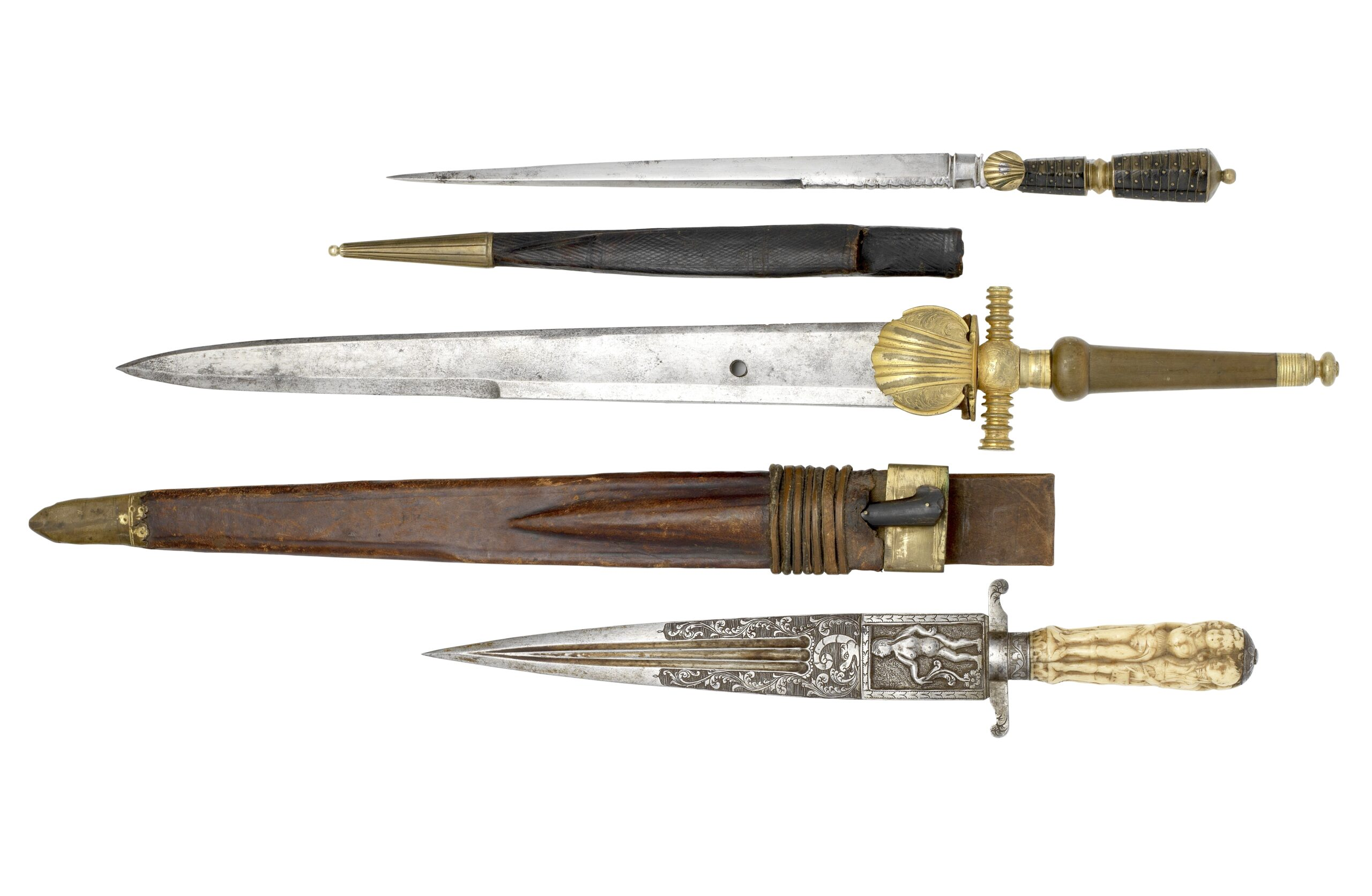The armor of the Roman army is one of the most representative elements of Rome's power.
The first ones used by the Roman army had a clear Etruscan and Samnite influence, although it was after contact with Celtic peoples when the true technical revolution was introduced: the chain mail or lorica hamata .
Adapted by the Romans in the 3rd century BC, this armor remained standard for centuries.
It was composed of precisely interlocking, individually forged iron rings, offering protection against cuts and punctures without excessively limiting the soldier's mobility.
The hamata was expensive and laborious to manufacture, but its durability and ease of repair in the field meant that it continued to be used until the end of the Empire.
Its design is well documented by findings in military contexts such as those of Alesia (France) or Numancia (Spain), and by reliefs such as those on Trajan's Column.

Evolution of the models:
Segmentata, squamata and combinations
During the 1st century AD, during the time of Augustus, a new armor appeared that would change the silhouette of the legionary: the lorica segmentata .
This armor was composed of articulated iron plates, fixed by rivets and leather straps.
It offered superior protection against direct impacts and could be easily dismantled for repair. However, its production required a more sophisticated logistics chain, which limited its use to certain units, primarily the legions of the High Empire.

The best-known variants of the segmentata are those found at the Corbridge and Newstead camps (Great Britain), and at the Kalkriese battlefield (Germany), where the Varus disaster took place. These pieces are currently housed in the British Museum, the Romano-Germanic Museum in Cologne, and other specialized archaeological centers.
Another common form of armor was the lorica squamata , composed of small metal scales sewn to a cloth or leather backing.
This armor, probably of oriental origin, was used mainly by officers and cavalry, although it also appears in auxiliary troops.
The squamata allowed for showy decoration, making it useful in ceremonial contexts.
Their scales could have been made of iron, bronze and even gilded silver, as evidenced by the finds from Dura Europos (Syria) and Straubing (Germany).

History and transformation: from the High to the Low Empire
The distribution of armor models changed over time.
During the 1st and 2nd centuries, the segmentata was adopted by most legions, while the hamata continued to be used by auxiliary troops. However, beginning in the 3rd century, due to increasing pressure on the borders and internal changes in the imperial administration, a more practical and economical system of equipment was sought.
The army reform promoted by emperors such as Diocletian and Constantine meant the almost universal return to the hamata and simpler variants of scales or plates.
Late Imperial armor often incorporated rectangular chest or breast reinforcements, visible in bas-reliefs and literary descriptions. These models were easier to mass-produce and suited an army increasingly dependent on federated villages and mobile contingents.

It is important to note that, beyond its defensive function, armor also had a symbolic dimension.
Those of officers were usually decorated with images of Mars, Jupiter or the Unconquered Sun, and sometimes included religious inscriptions or inscriptions of imperial loyalty.
The iconography of the Column of Marcus Aurelius and late imperial coins confirms this symbolic use of military panoply.









